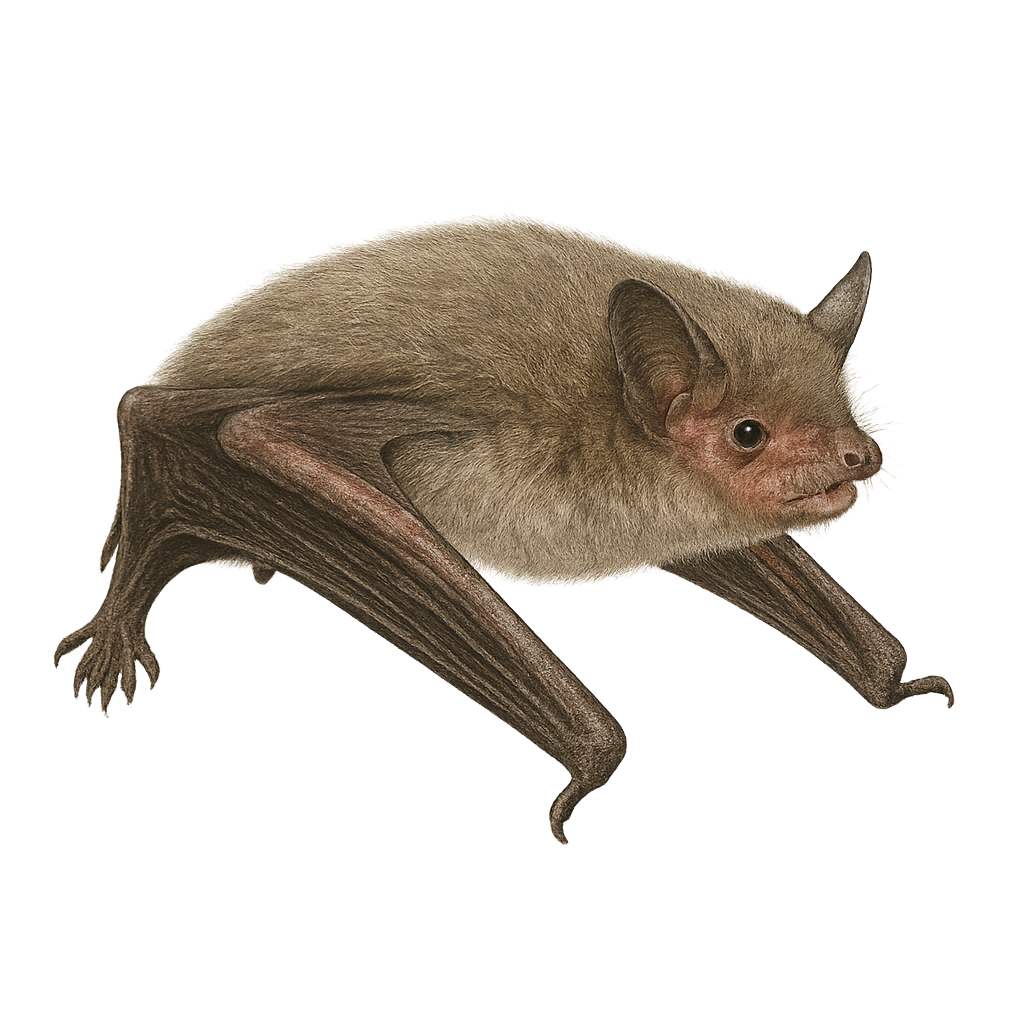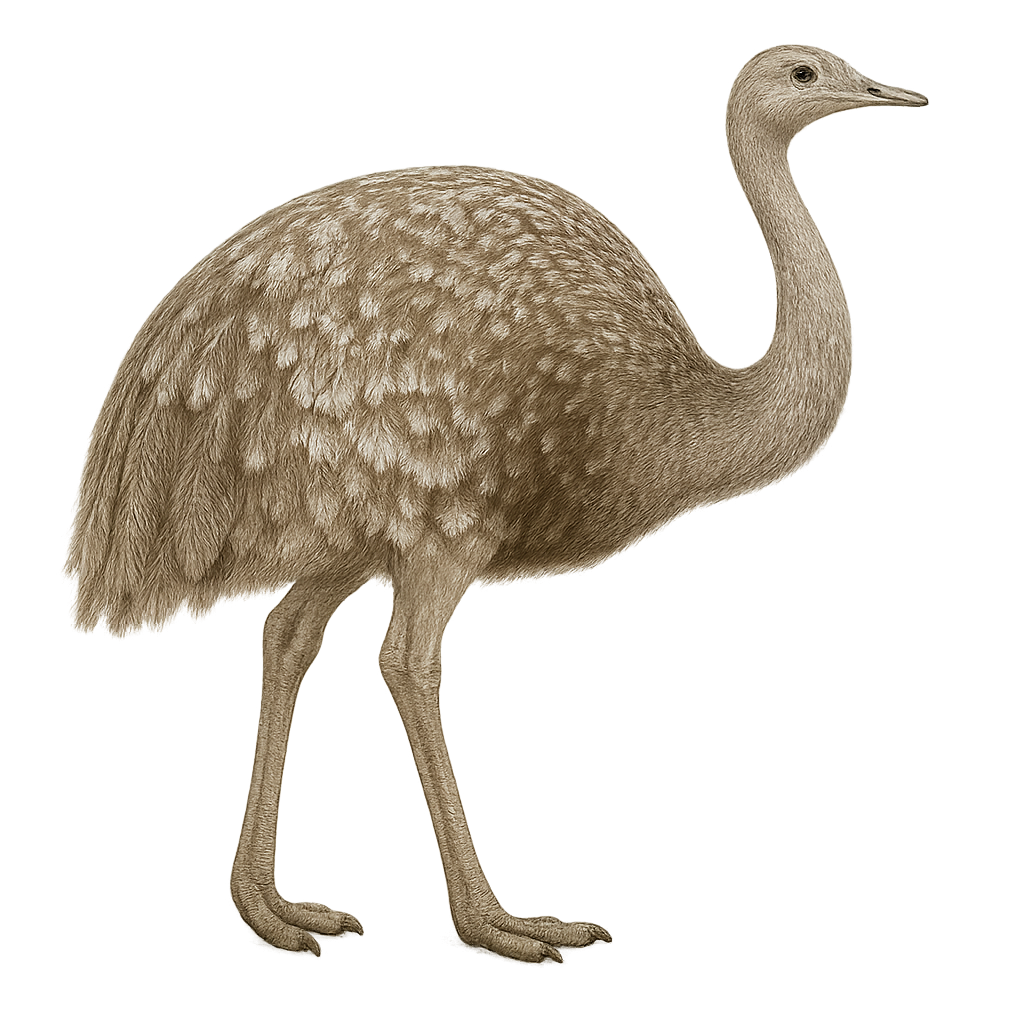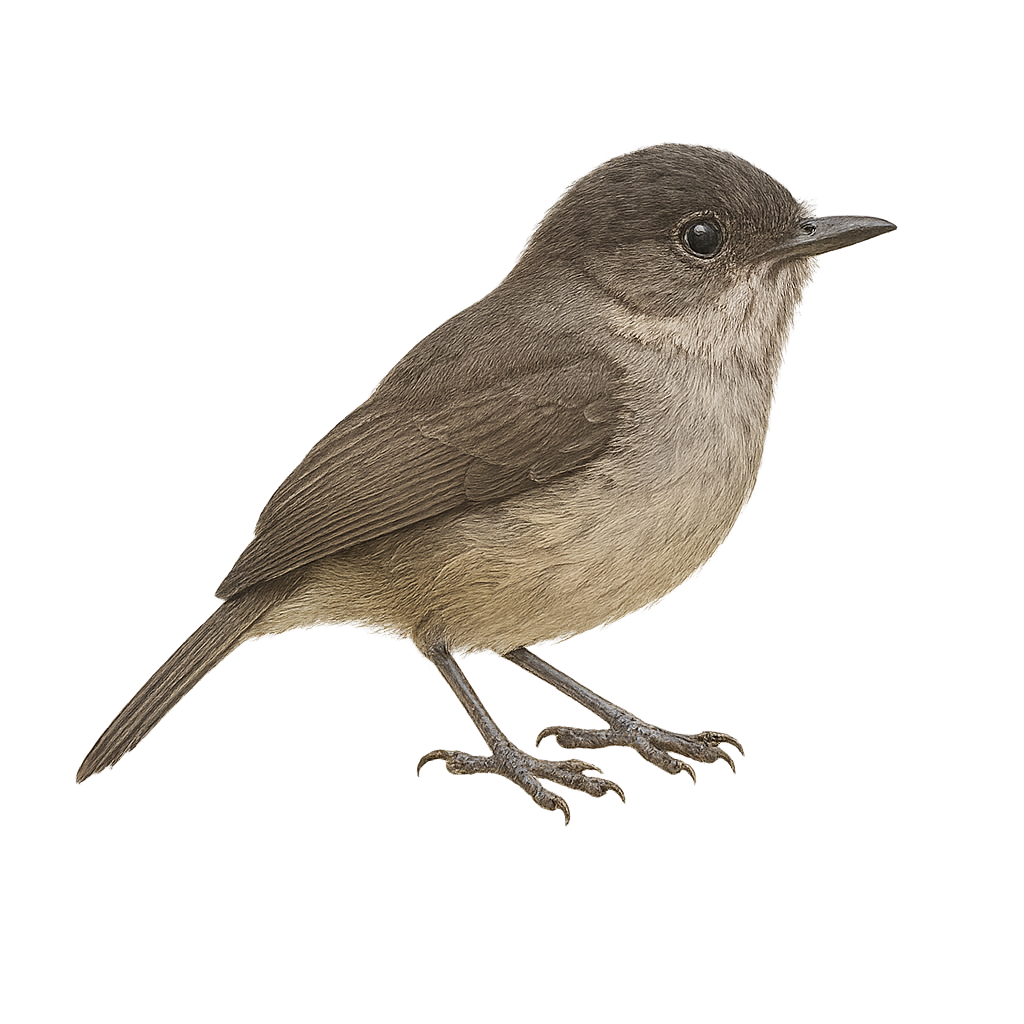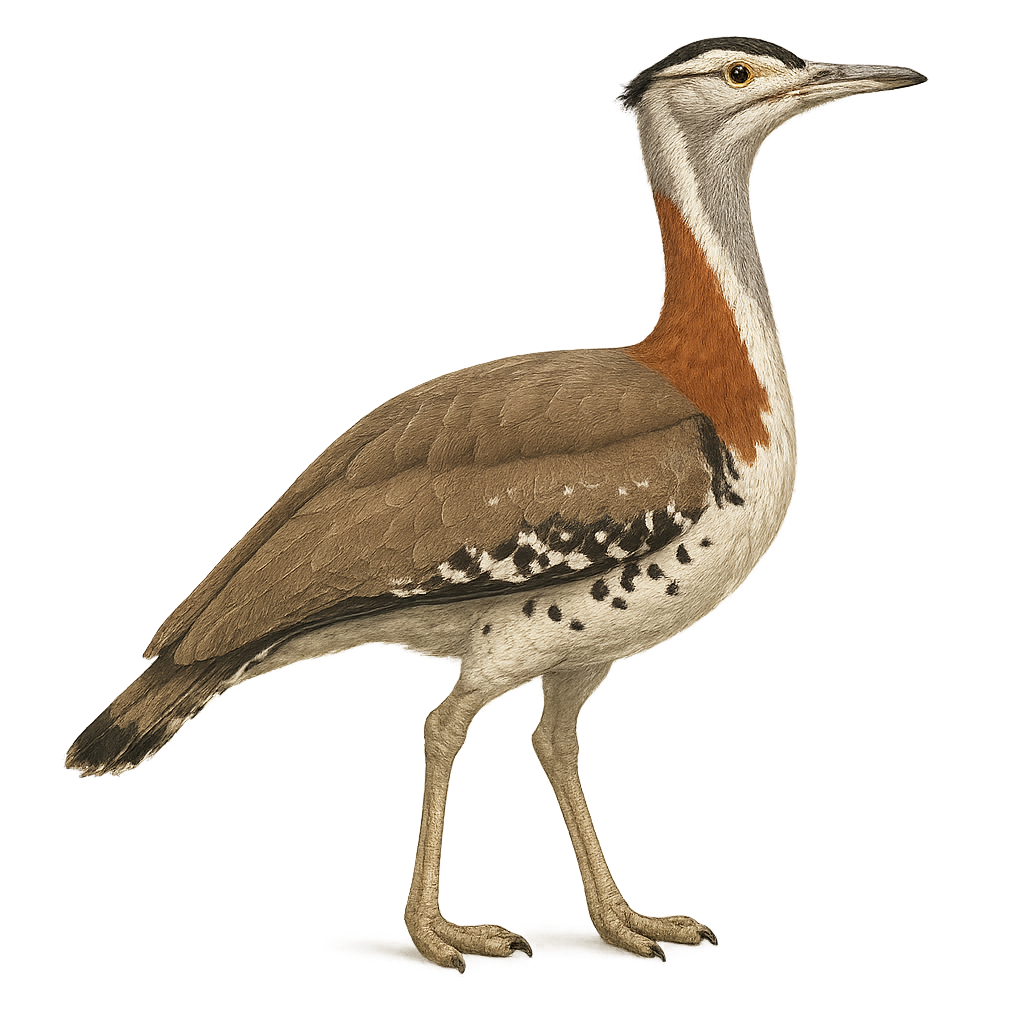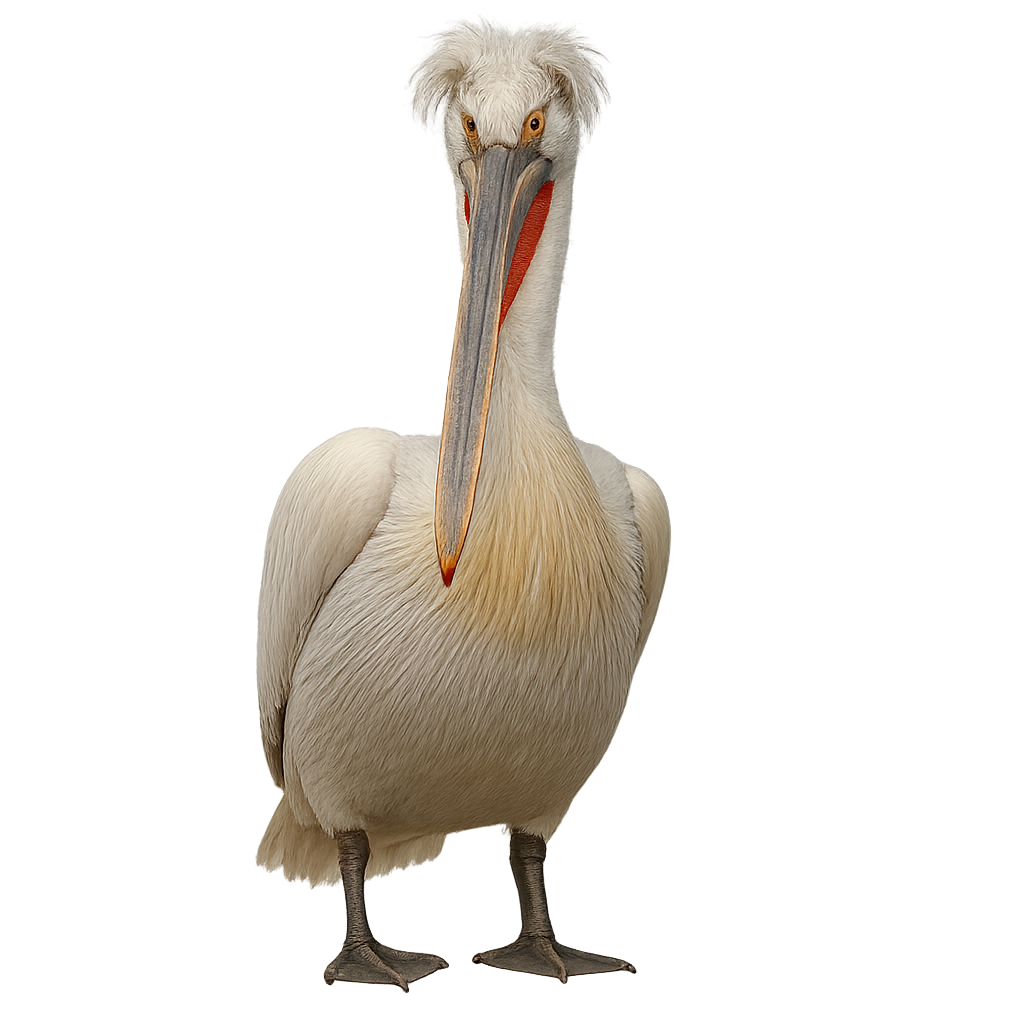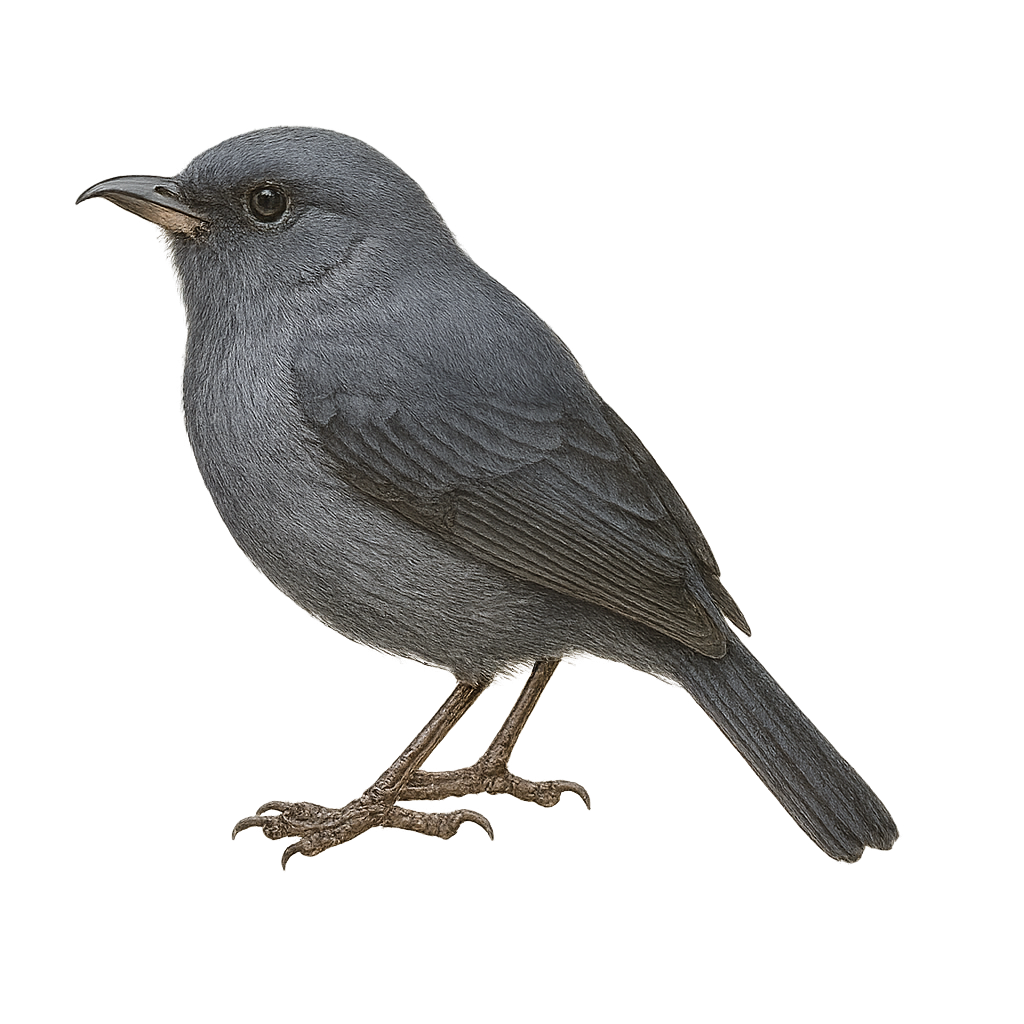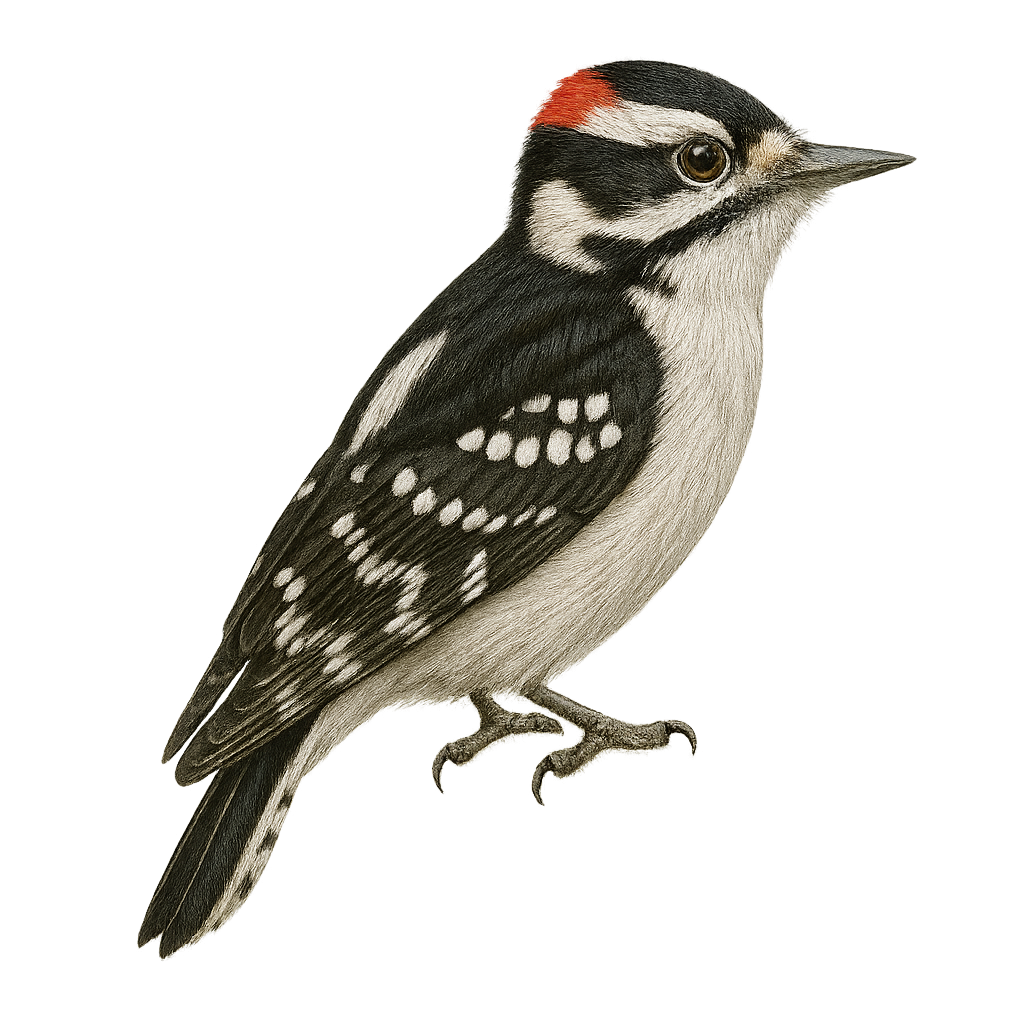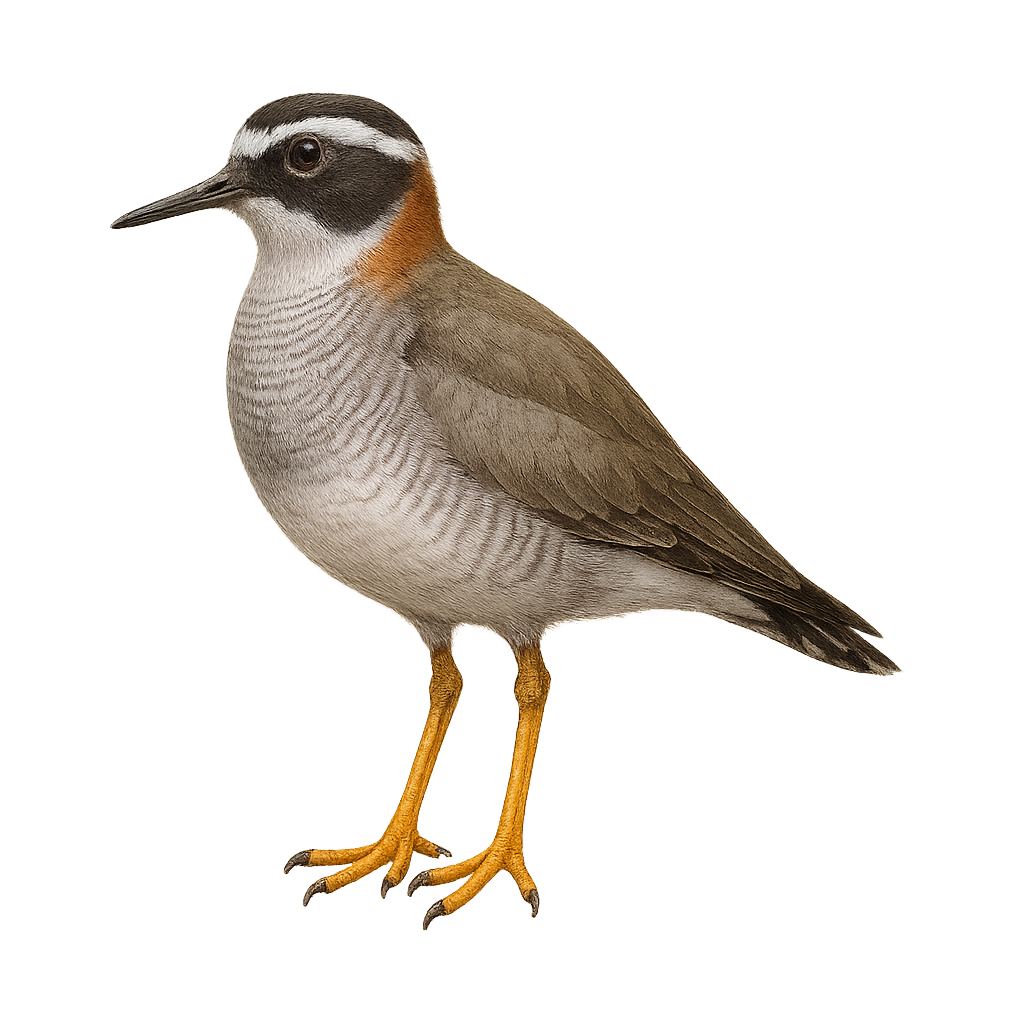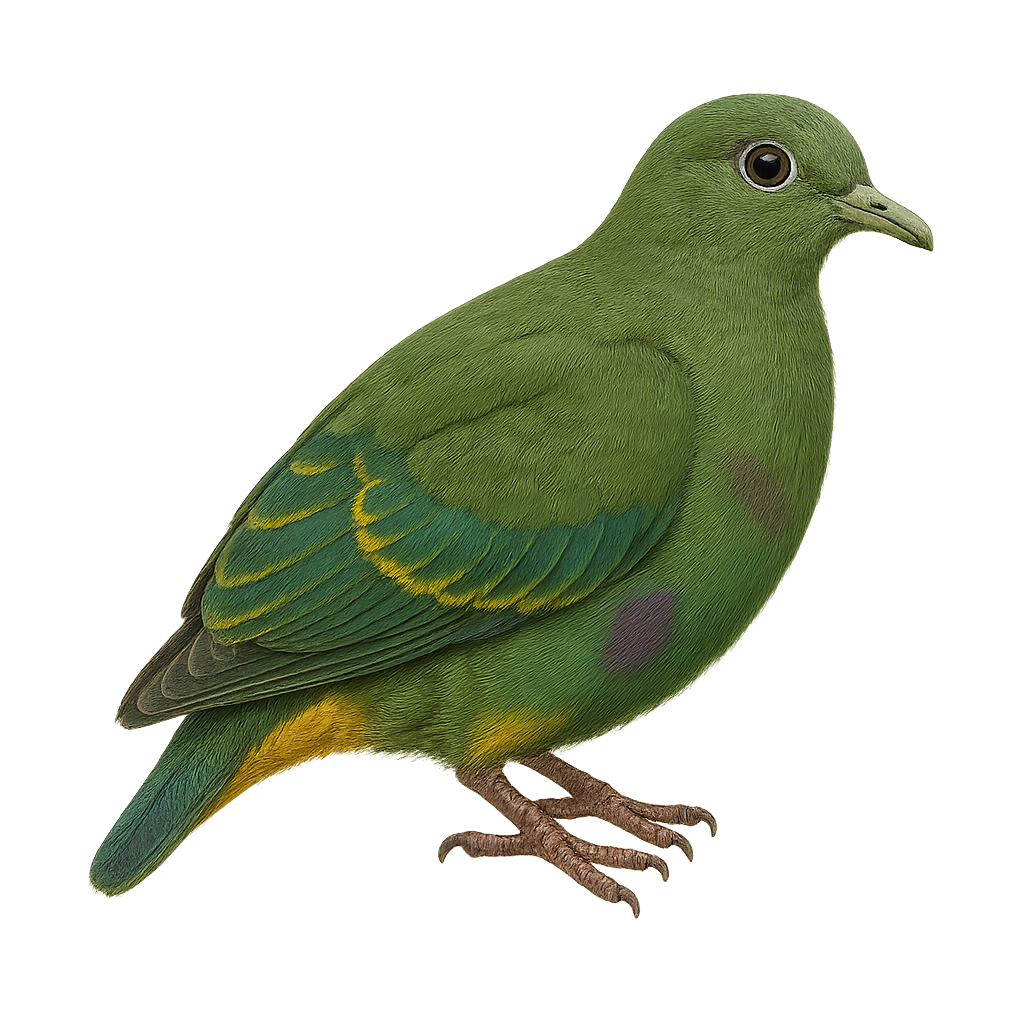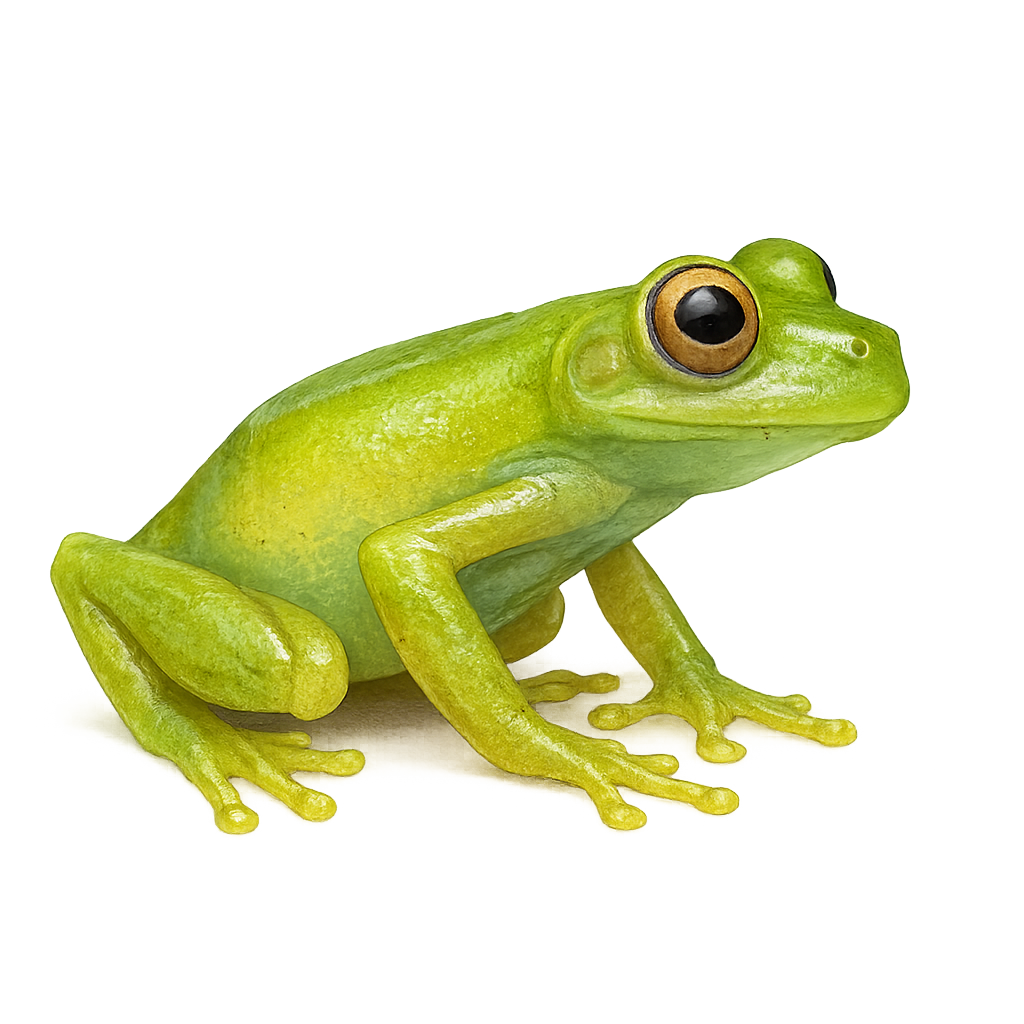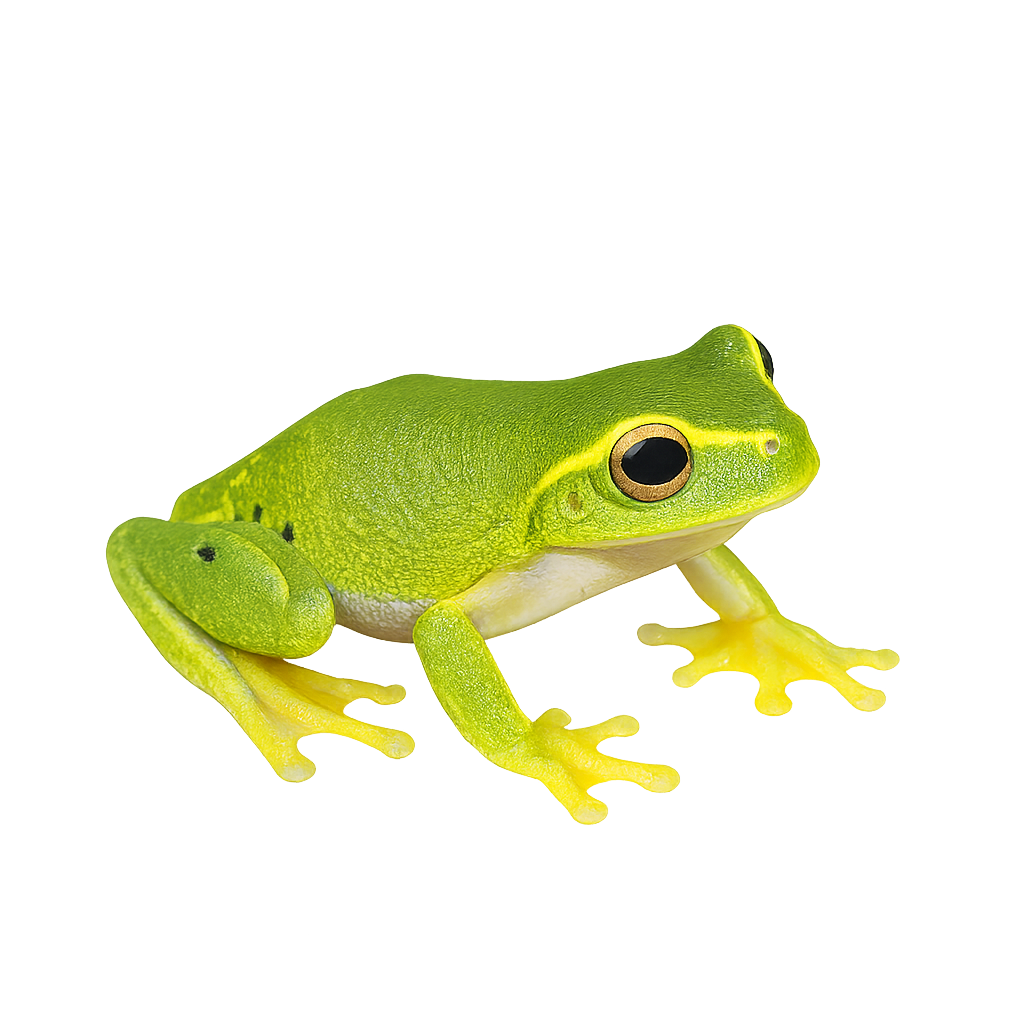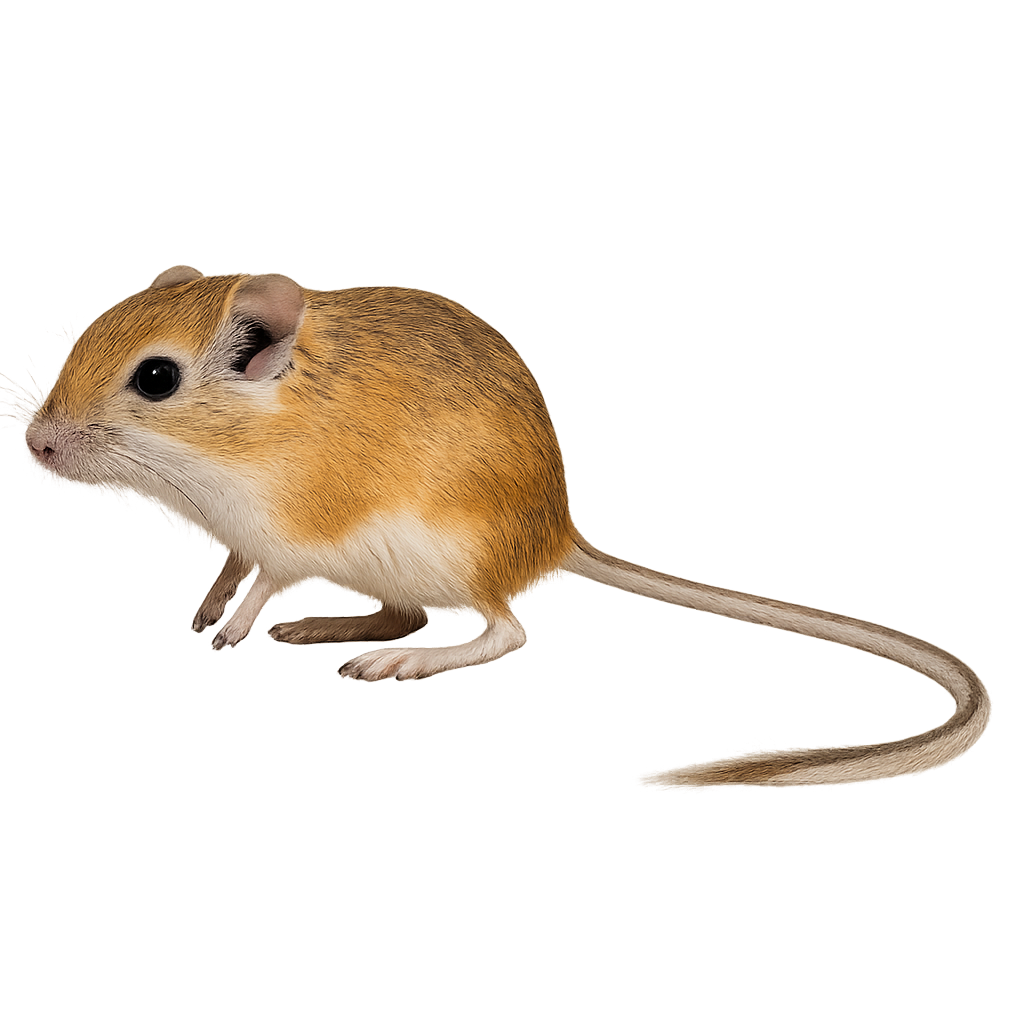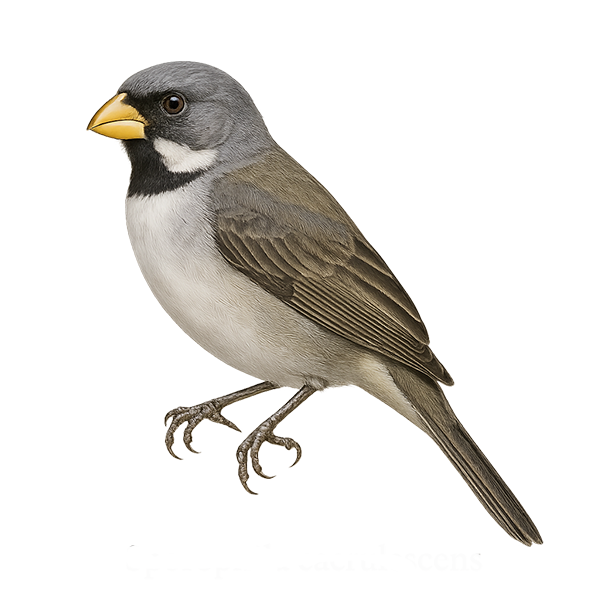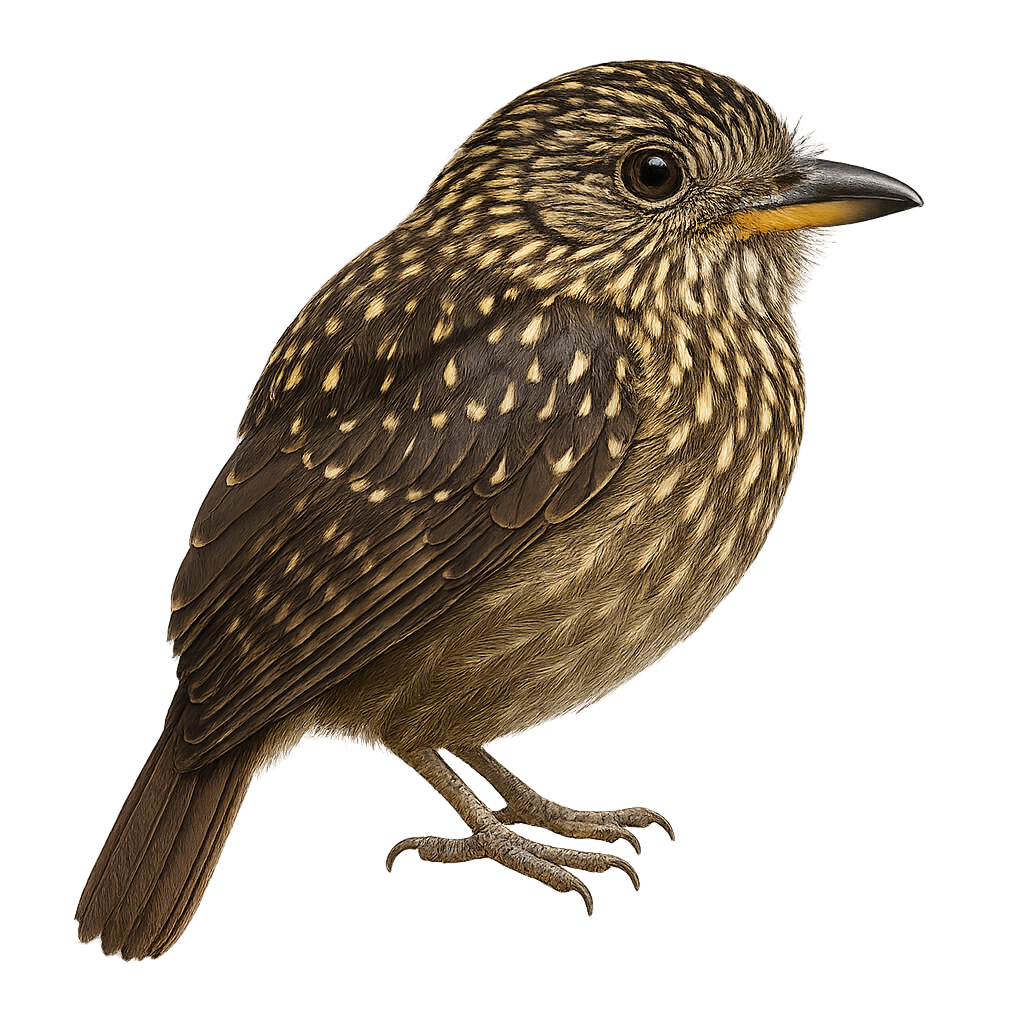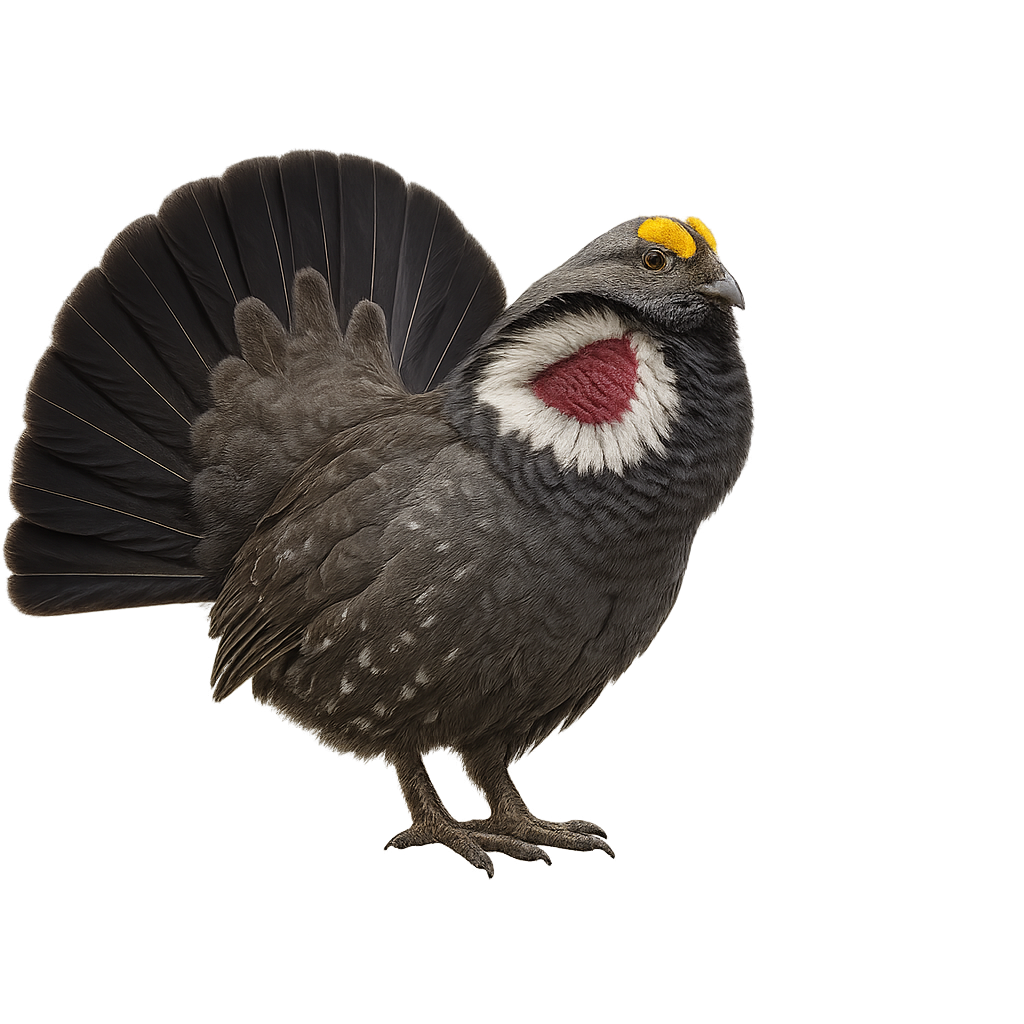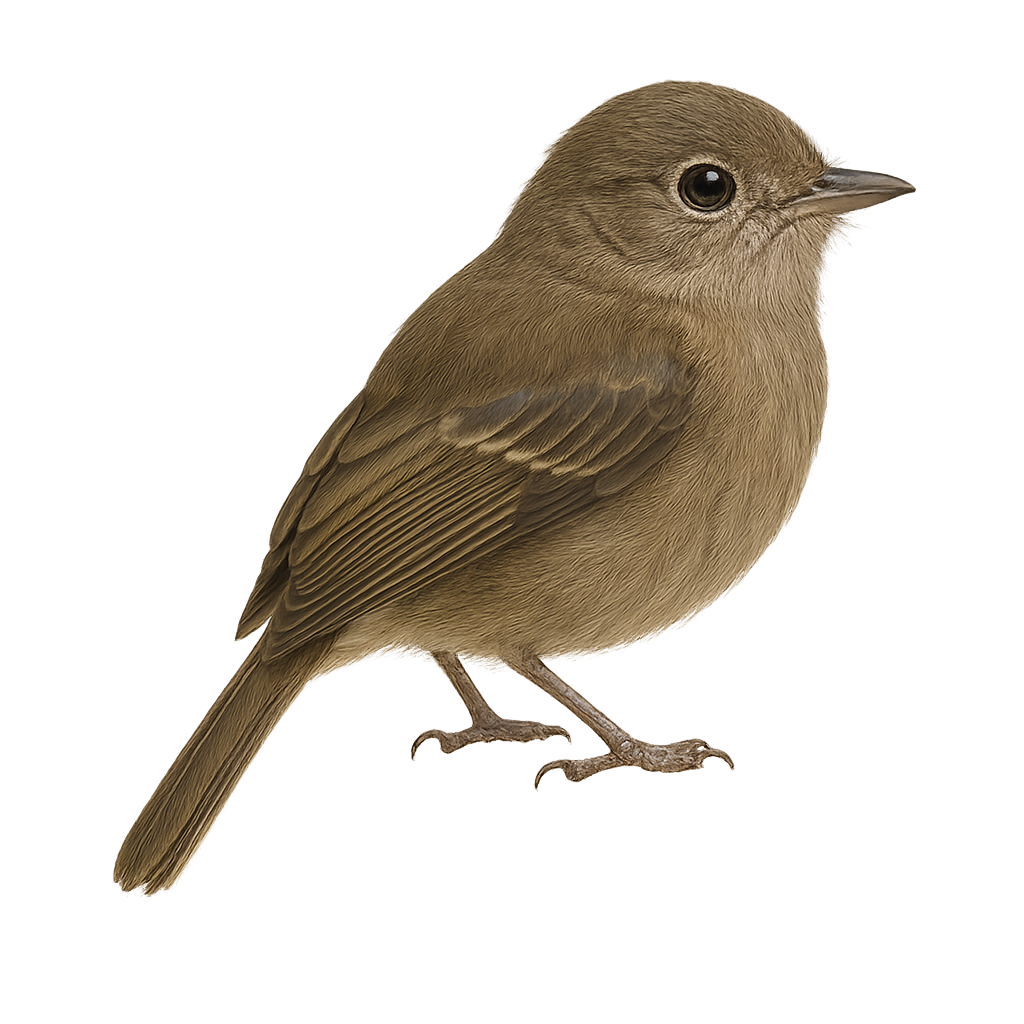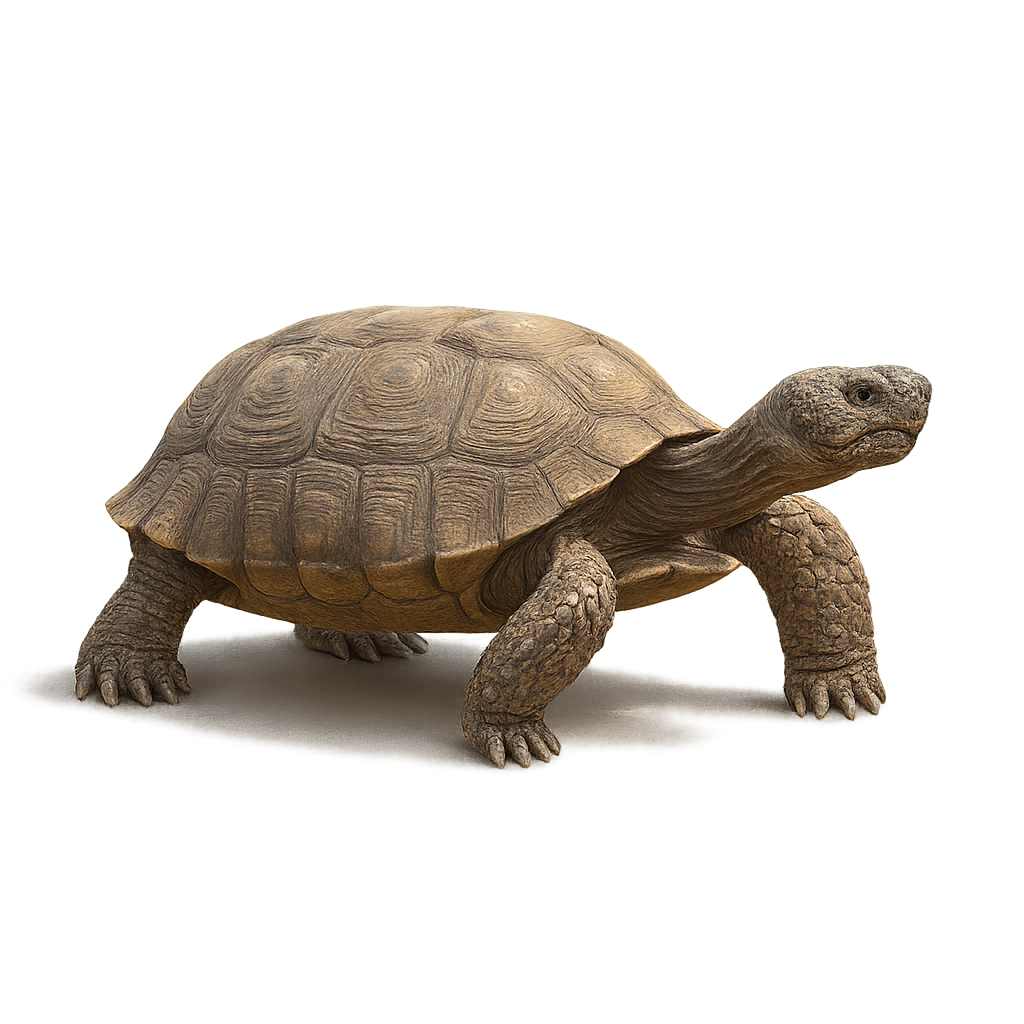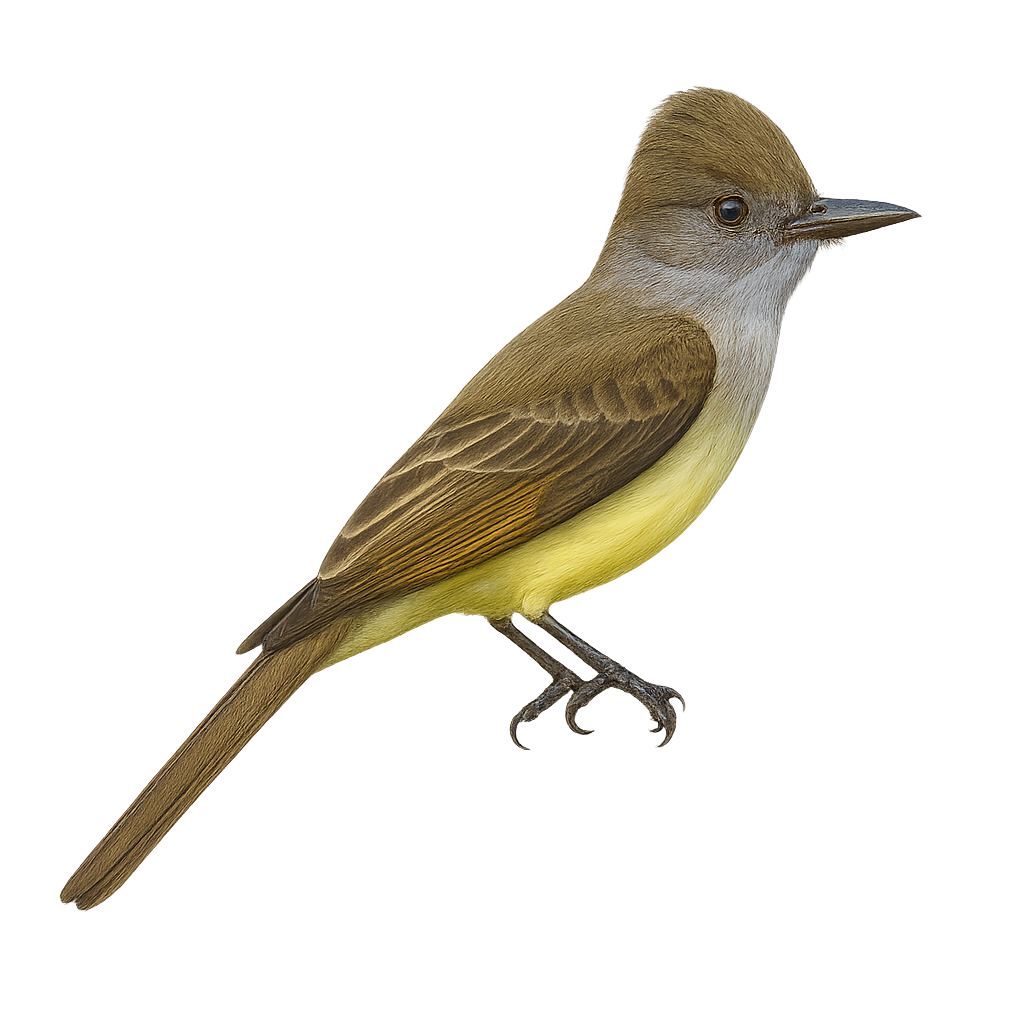The Desert Sparrow, Passer simplex, is a small, sturdy bird primarily inhabiting the arid regions of the Sahara and the Arabian Peninsula. Its plumage is generally pale, with shades of beige and gray, allowing it to blend into its desert surroundings. Males have a gray cap and a black throat, while females are more uniform and discreet. Adapted to life in extreme conditions, this sparrow feeds mainly on seeds and insects found in the sparse vegetation of oases. It is often seen in small groups, foraging or resting in the shade to escape the intense heat.
The Daubenton's bat is a medium-sized bat, easily recognizable by its brown-grey fur on the back and lighter on the belly. Its ears are short and rounded, and its wings are long and narrow, adapted for fast and agile flight. This species is often seen flying low over water bodies, where it primarily hunts aquatic insects. It uses echolocation to navigate and locate its prey. The Daubenton's bat is a nocturnal animal, spending its days in shelters such as tree cavities, buildings, or bridges. It is widely distributed in Europe and Asia, preferring habitats near water.
The Pterocnemia pennata, commonly known as Darwin's rhea, is a large, flightless bird native to the arid and semi-arid regions of South America. It is characterized by its grey-brown plumage and long legs adapted for fast running. Often mistaken for an ostrich, it is smaller in size. Darwin's rheas live in groups and primarily feed on plants, seeds, and insects. They are known for their complex social behavior, especially during the breeding season when males build nests and incubate eggs. Although they can cover large distances, their habitat is threatened by agricultural expansion and hunting.
The Dark Newtonia, or Newtonia amphichroa, is an endemic bird of Madagascar, belonging to the Vangidae family. This modest-sized bird is primarily recognizable by its dark throat, contrasting with its brownish plumage. It mainly inhabits the island's humid forests, where it feeds on insects and other small invertebrates. The Dark Newtonia is a discreet bird, often difficult to observe due to its suspicious behavior and dense habitat. Although its conservation status is not alarming, deforestation poses a potential threat to its populations. Its reproductive biology remains poorly documented but is assumed to be similar to other Newtonia species.
The Denham's Bustard, or Neotis denhami, is a large terrestrial bird found mainly in sub-Saharan Africa. It is recognizable by its brown and white plumage, with distinctive patterns on the wings and back. Males are generally larger than females and sport a black crest on their heads. This bird prefers open savannas and grasslands, where it primarily feeds on insects, small vertebrates, and seeds. Although generally solitary, it can be observed in small groups during the breeding season. The species is threatened by habitat loss and hunting, leading to population declines in some areas.
The Dalmatian Pelican is a large aquatic bird primarily found in Eastern Europe, the Middle East, and parts of Asia. It measures about 1.5 to 1.8 meters in length, with a wingspan of 2.3 to 2.5 meters, and weighs between 7 and 15 kg. What distinguishes the Dalmatian Pelican is its white plumage, sometimes tinged with yellow or pink, as well as its distinctive crest and long curved bill. It also has a pouch under its bill that allows it to capture fish. The Dalmatian Pelican primarily feeds on fish, which it catches by diving into the water or filtering with its bill. It is typically found near lakes, rivers, and wetlands. While the population of the Dalmatian Pelican is stable in some regions, it is still threatened by habitat loss, water pollution, and human disturbance.
The Duida Flowerpiercer is a small bird endemic to the mountainous regions of Venezuela, particularly around Mount Duida. It is characterized by its slender, curved bill, perfect for piercing flowers to access nectar, although its diet also includes insects. Its plumage is primarily blue-gray with darker shades on the wings and tail. This bird is often seen darting between shrubs and trees in search of food. It is known for its melodious song and distinctive calls that echo through the cloud forests.
The Downy Woodpecker, Dryobates pubescens, is a small woodpecker native to North America. It is easily identified by its black and white plumage and small size, measuring about 14 to 17 cm in length. The male has a small red patch on the back of its head, which is absent in females. This woodpecker is often found in deciduous and mixed forests but also adapts to urban parks and gardens. It primarily feeds on insects, which it extracts by drumming on tree bark, but it also consumes seeds and berries. Its rapid and repeated drumming serves as a means of communication and territorial marking.
The Diademed Sandpiper-Plover, or Phegornis mitchellii, is a rare and fascinating bird of the Andes, known for its subtle beauty and unique habitat. This small bird, measuring about 16 cm in length, features a grey-brown plumage with a distinctive white band on the forehead and a rufous chest. It primarily inhabits high-altitude wetlands, often above 3000 meters, where it feeds on insects and small invertebrates. Its behavior is generally suspicious, making it difficult to observe. The breeding season is closely linked to the rainy seasons, as food resources become more abundant. Although its conservation status is concerning, efforts are underway to protect its fragile habitat.
The Eurasian Dotterel is a migratory bird primarily found in tundra areas and alpine meadows of Europe, Central Asia, and northern China. It measures about 25 cm in length, with a wingspan of 55 to 60 cm, and weighs between 100 and 150 g. Its plumage is primarily brown, with lighter underparts and white spots on the wings. It has a brown head with distinctive black patterns around the eyes and on the throat. During the breeding season, males display brighter plumage. The Eurasian Dotterel primarily feeds on small insects, worms, and seeds found on bare soils or in grassy areas. While its population remains relatively stable, this species can be threatened by habitat loss, particularly due to climate change and disturbances at its breeding sites.
The Dwarf Fruit Dove, or Ptilinopus nainus, is a small, colorful bird belonging to the Columbidae family. It is primarily found in the lowland tropical rainforests of New Guinea and some surrounding islands. This fruit dove is recognizable by its bright green plumage, often speckled with yellow and red hues, allowing it to blend effectively among the foliage. It primarily feeds on fruits, playing a crucial role in seed dispersal. Although discreet, the Dwarf Fruit Dove is a sociable bird, often seen in small groups. Its small size and shy behavior make it a challenge for birdwatchers to spot.
The Demerara Falls Treefrog, or Boana cinerascens, is a species of amphibian in the Hylidae family. It is primarily found in the humid tropical forests of South America, particularly in Brazil, Colombia, and Peru. This frog is characterized by its grayish coloration, which allows it to effectively camouflage in its natural environment. It has suction pads at the tips of its fingers, facilitating its movement in trees. The Ashy Tree Frog is nocturnal and primarily feeds on insects. It plays an important role in the ecosystem by regulating insect populations. Although its conservation status is not of concern, deforestation poses a potential threat to its natural habitat.
The Dainty Green Tree Frog, Litoria gracilenta, is a species of arboreal frog native to Australia. It is identifiable by its smooth, glossy skin, typically bright green, although some may exhibit shades of yellow or blue. Its eyes are prominent with a horizontal pupil, and its legs are long and slender, adapted for tree-dwelling. It primarily inhabits tropical rainforests, swamps, and wooded areas near water bodies. The Dainty Green Tree Frog is mostly nocturnal, feeding on insects and other small invertebrates. Although widely distributed, it is sensitive to environmental changes, particularly habitat loss and pollution.
The Dipodomys deserti, or desert kangaroo rat, is a fascinating rodent inhabiting the arid regions of the western United States. This small mammal, weighing between 70 and 130 grams, is perfectly adapted to desert life. It has long hind legs that allow it to leap great distances, much like a kangaroo, hence its name. Its fur is generally sand-colored, providing excellent camouflage in its environment. The desert kangaroo rat is primarily nocturnal, allowing it to avoid the intense daytime heat. It mainly feeds on seeds, which it stores in its cheek pouches to transport back to its burrow.
The Daurian Redstart, or Phoenicurus auroreus, is a small passerine bird belonging to the Muscicapidae family. It is easily identifiable by its distinctive plumage: the male sports a black head with a white forehead patch, a gray back, and a bright orange chest, while the female displays more subdued shades of brown and orange. This small bird is often seen in forests, parks, and gardens across East Asia, particularly in China, Korea, and Japan. Known for its melodious song, it adapts well to various habitats, including urban areas. As a partial migrant, it moves southward during winter months to escape cold temperatures.
The Double-collared Seedeater is a small passerine bird belonging to the Thraupidae family. It is primarily found in South America, particularly in Brazil, Argentina, Paraguay, and Uruguay. Its plumage is generally gray with lighter shades on the belly and a darker cap. Males and females exhibit sexual dimorphism, with males often displaying brighter colors. This bird inhabits various environments, from open forests to agricultural areas and urban gardens. It primarily feeds on seeds but can also consume insects. The Double-collared Seedeater is known for its melodious song and its ability to adapt to different environments.
The Dusky-cheeked Puffbird, or Malacoptila fusca, is a discreet bird found in the tropical forests of South America. It is characterized by its dark brown plumage, with lighter shades on the belly and a slightly darker head. This bird measures about 18 to 20 cm in length and has a robust beak, well-suited for its diet mainly consisting of insects and small fruits. It is often seen alone or in pairs, perched motionless on a low branch, watching for prey. Its song is soft and melodious, often heard at dawn or dusk. Although its habitat is threatened by deforestation, it remains relatively common in some areas.
The Dusky Grouse, or Dendragapus obscurus, is a medium-sized bird belonging to the Phasianidae family, primarily found in the mountainous regions of western North America. This bird is characterized by its dark gray, almost black plumage, and white markings on its wings. Males display a fan-shaped tail and a yellow vocal sac that inflates during the breeding season to attract females. The Dusky Grouse prefers forested habitats, particularly coniferous forests and shrublands. It mainly feeds on leaves, buds, and insects. Although generally discreet, it can be observed during its spectacular courtship displays.
The Drab-breasted Pygmy-Tyrant is a small passerine bird from the Tyrannidae family, primarily found in the humid forests and forest edges of South America. It is characterized by its dull plumage, with shades of brown and gray, and its small size, measuring about 9 to 10 cm in length. This bird is often difficult to spot due to its discreet and elusive behavior. It feeds mainly on insects, which it catches in flight or on leaves. The Drab-breasted Pygmy-Tyrant is a sedentary bird, not very migratory, preferring dense habitats where it can easily hide. Its population is stable, although deforestation may pose a potential threat to its natural habitat.
The desert tortoise, Gopherus agassizii, is an iconic species of the arid regions of the southwestern United States and northern Mexico. Well adapted to its dry environment, it spends up to 95% of its time in burrows to protect itself from extreme heat and conserve moisture. Its shell, which can reach 15 inches in length, is brownish, allowing it to blend into the desert landscape. As a herbivore, it primarily feeds on grasses, wildflowers, and cacti. The desert tortoise plays a crucial role in its ecosystem, with its burrows providing shelter for many other species. Unfortunately, it is threatened by habitat loss, disease, and vehicle collisions.
The Dusky-capped Flycatcher, Myiarchus tuberculifer, is a medium-sized bird belonging to the Tyrannidae family. It is recognizable by its olive-brown plumage on the back and paler underparts, with a subtle crest on its head. This bird is primarily insectivorous, catching its prey in flight or foraging in foliage. It inhabits tropical and subtropical forests, as well as open wooded areas. The Dusky-capped Flycatcher's call is a soft, melodious whistle, often heard during the breeding season. It ranges from the southern United States to Central and South America. Although relatively common, it is seldom seen due to its discreet behavior and preference for dense habitats.



